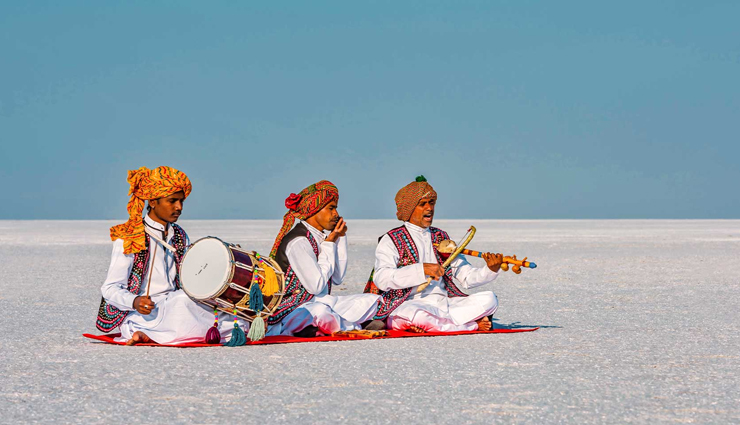The month of Sawan is going on and all the devotees are visiting temples to worship Lord Shiva. In this episode, the temple about which we are going to tell today is the Kedarnath Temple, about whose glory everyone knows. But there are many things related to this temple that you might not know. That's why today we are going to give you some special information about this temple. Knowing whom you will want to visit this temple. So let's know the special things related to the Kedarnath temple.

Located in the Garhwal Himalayan Mountains of Uttarakhand near the Mandakini River, Kedarnath Temple is a famous temple of Hindus all over the world.
The Kedarnath Temple in the lap of the Himalayan Mountains in Uttarakhand is included in the 12 Jyotirlingas.
The world-famous Kedarnath Temple is situated at an altitude of 3562 meters.
This Shiva temple is counted among the four places of the Char Dham Yatra of Uttarakhand, Yamunotri, Gangotri, and Badrinath.
Not only this, Kedarnath is one of the five temples that make up the Panch Kedar. Due to the high altitude, this temple is covered in a sheet of snow in winter. This is the largest Shiva temple in Uttarakhand, which is built by joining huge boulders of cut stones. These boulders are brown. The temple is built on a platform about 6 feet high. Its sanctum sanctorum is relatively ancient and is believed to be around the 80th century.

In the sanctum sanctorum of the temple, there are four strong stone pillars at the four corners near Ardha, through which circumambulation takes place. The ardha, which is square, is polished inside and is relatively new. The auditorium is huge and grand. Its roof rests on four huge stone pillars. The massive roof is made of a single stone. There are eight male idols in the gallery, which are very artistic.
Kedarnath Temple is 85 feet high, 187 feet long, and 80 feet wide. Its walls are 12 feet thick and made of extremely strong stones. The temple has been erected on a 6 feet high platform. It is a wonder that how such heavy stones would have been carved at such a height and given the shape of a temple. Especially how this huge roof was placed on pillars. The interlocking technique has been used to connect the stones. This strength and technology have been able to keep the temple standing in the middle of the river.

According to mythology, Mahatapasvi Nar and Narayan Rishi, the incarnations of Lord Vishnu, used to do penance on the Kedar horn of the Himalayas. Pleased with his worship, Lord Shankar appeared and as per his request, granted him the boon to reside forever in the form of Jyotirlinga. This place Kedarnath Parvatraj is situated on the horn named Kedar of the Himalayas. This temple was first built by the Pandavas behind the existing temple, but due to the ravages of time, this temple disappeared. Later in the 8th century, Adi Shankaracharya built a new temple, which remained buried under ice for 400 years.










